We are sure that most of you have heard the term carbon monoxide. It is an odorless, tasteless and colorless gas. That is very harmful to our bodies. It is so harmful that it can even cause the death of a person. Talking about the harmful and deadly effects of this gas.
It is believed that carbon monoxide directly diffuses into your bloodstream. Yes, carbon monoxide diffuses into your bloodstream. It eliminates oxygen from your blood cells. Carbon monoxide originates from the incomplete combustion of fuels. Today, in this article, we will be covering some of the questions related to this harmful gas.
Is CO Heavier Than Air?
Quick Navigation
Carbon monoxide, generally mentioned as CO, it is a tasteless, odorless gas. This is a deadly gas. The air we normally breathe is 21% oxygen and 78% nitrogen.
The other small amount of percentage is fulfilled by other gases. The problem with carbon monoxide is that it diffuses in the air. However, it is seen that carbon monoxide is lighter than air but has a very minimal difference.
Smoke is a deadly combination of gases, but it rises. Unlike carbon monoxide, which diffuses in the room you are sitting. Inhalation of that gas can cause various problems with your lung system, your overall health.
As the inhalation and consumption of carbon monoxide increase, it attacks your blood cells. The blood cells act on the carbon monoxide and try to eliminate oxygen. Overall, this process leads to the death of any individual.
In these times, we need to be even more cautious about carbon monoxide. This is because on a daily basis, we work with many utensils. Most utensils are said to be a good source of carbon monoxide.
Such appliances can be buses, cars, trucks, etc. The effects of CO can be seen in homes; utilities like grills, stoves, etc., emit carbon monoxide.
How To Check If Carbon Monoxide Is Heavier Than Air?
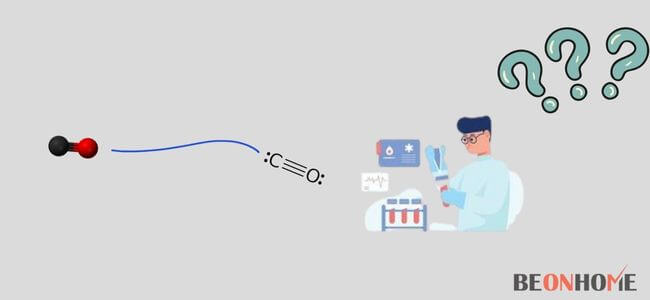
To check that carbon monoxide is heavier than the air, we can see that the molecular weight of carbon monoxide is lighter than the air.
However, we can check the intensity of carbon monoxide in our houses. We need to install a carbon monoxide detector inside our houses.
Before installing a carbon monoxide detector in your home. You must check the current level of carbon monoxide.
If it is more than usual, then you have to eliminate the appliances that mostly emit carbon monoxide. To protect your loved ones and neighbors. Here is a list of appliances you can check for carbon monoxide detection.
1. Poorly working chimneys.
2. Old grills.
3. Gas stoves.
4. Poor ventilation in your house and kitchen.
5. Car engines.
We recommend you hire professional help whenever detecting the emission of carbon monoxide. A professional person can give you the proper treatment for your house.
If you are doing it yourself, make sure you do not compromise on any equipment needed. Remember, compromising on one piece of equipment means compromising your family’s health.
How Does Carbon Monoxide Rise Or Stay Low?
Carbon monoxide is a gas lighter than air. Unlike smoke, which is also a little lighter than air. But the problem with smoke is that it rises and does not mix up with the air we breathe.
But carbon monoxide, as we have read earlier, is a gas that diffuses and mixes with the air. That we breathe and get into our bloodstream directly affects our health.
It can even be hazardous for children, as it causes brain damage for them. If we talk about carbon monoxide detectors, many people say they should be placed near the floor.
This is because there is a common notion that carbon monoxide is heavier than air. That stays low in the environment. However, this is a myth.
Carbon monoxide is a light gas, stays a little up in the environment. The detector should be placed above the ground. Say 5 feet above. Some people even install it on the ceiling.
What Is The Correct Mounting Height For A Carbon Monoxide Detector?
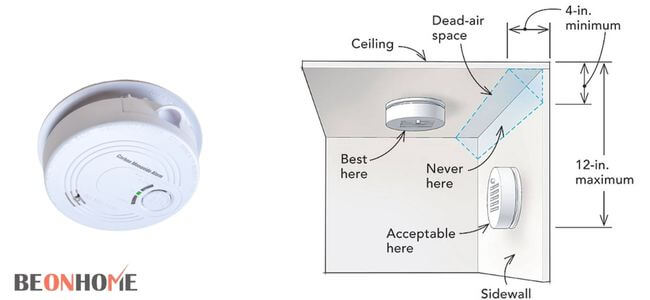
As mentioned above, carbon monoxide is a slightly lighter gas. But, like other light gases, carbon monoxide does not rise up. But it evenly diffuses inside your house.
That is why many carbon monoxide detectors are placed upon the ceiling. This is because it is advised that such detectors should be at least 5 feet up.
Now, these detectors shouldn’t be placed near any fireplace or stove. This is because these appliances may emit carbon monoxide in large amounts. That may affect the carbon monoxide detector.
Also mentioned, carbon monoxide detectors shouldn’t be placed in humid places. After installing your carbon monoxide detector, don’t forget to clean it from time to time. You should always visit the manual while cleaning the carbon monoxide detector.
It can be a little difficult task to do; make sure you do it carefully. The carbon monoxide detector shouldn’t come in contact with pets and children due to obvious reasons. So you should choose a carbon monoxide detector for your ceilings.
We are sorry if you want to install a single detector for your entire house. It is not possible to install one single detector in your entire house. You may need separate detectors for separate floors and rooms. It’s important to know what levels can make your alarm beep.
Final Talk
At last, we would like to conclude the article by summing it up. At first, we discussed what is carbon monoxide and whether is it so harmful to our health. We also talked about how it can enter our bloodstream and causes the death of a person. After that, we discussed how it is lighter than air and diffuses inside our homes. The main agents of carbon monoxide are present in your house. That you use in day-to-day activities. These can be grills, stoves, etc.
We hope that this article will help you gain some extra information about carbon monoxide. We request you to read the entire article for complete knowledge.

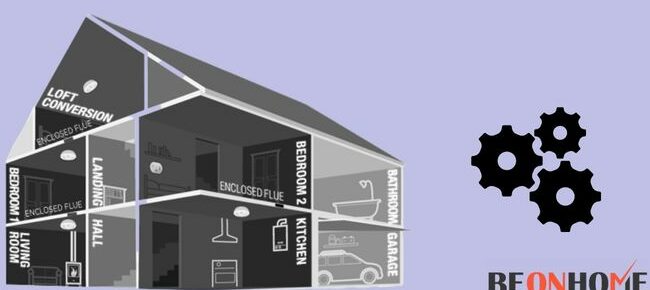
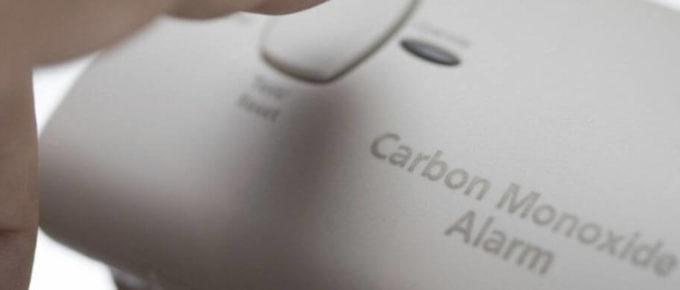
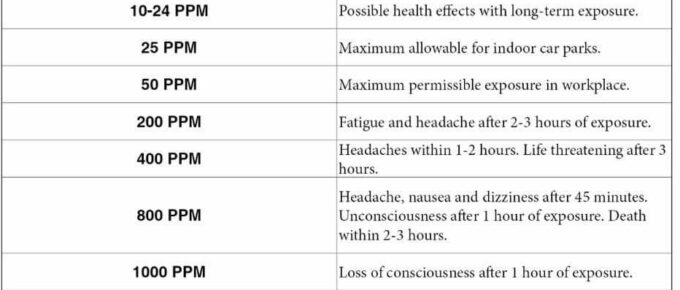
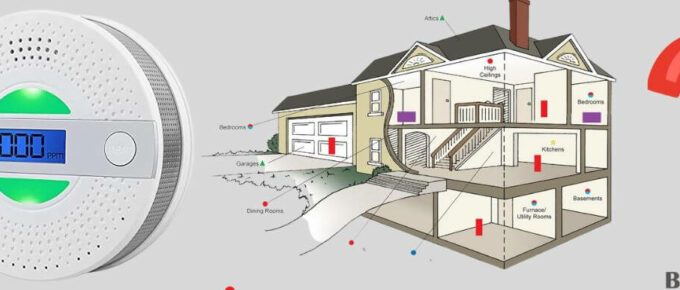
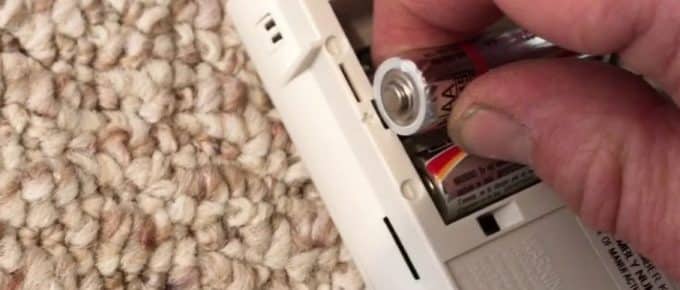
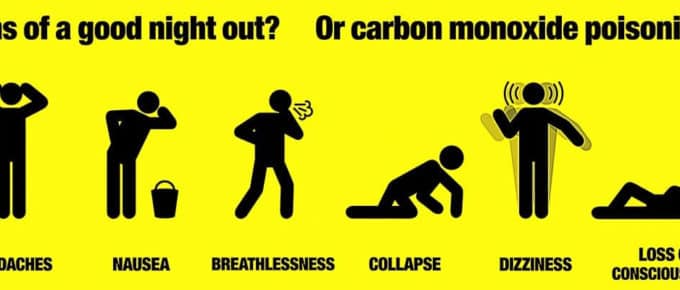
Leave a Reply